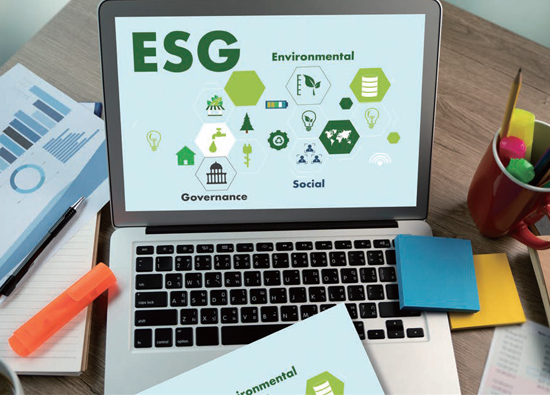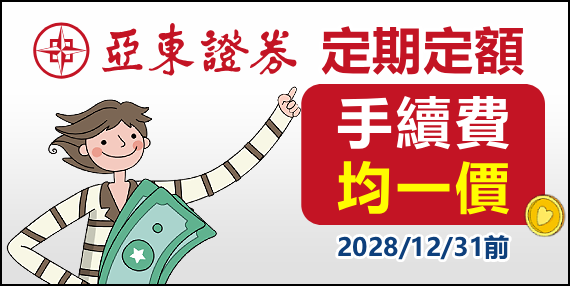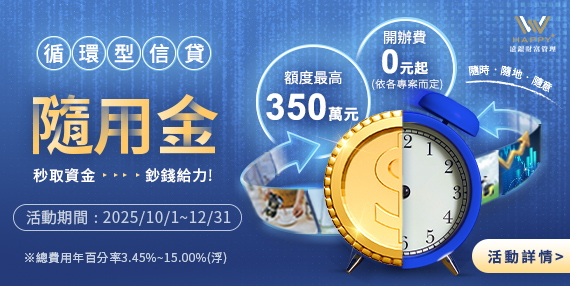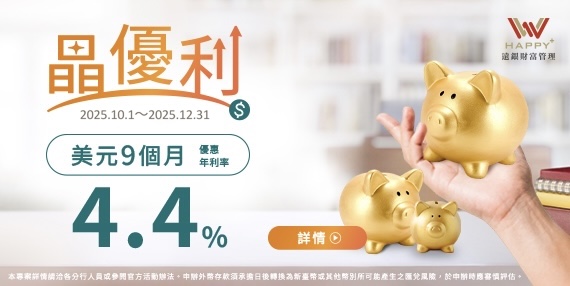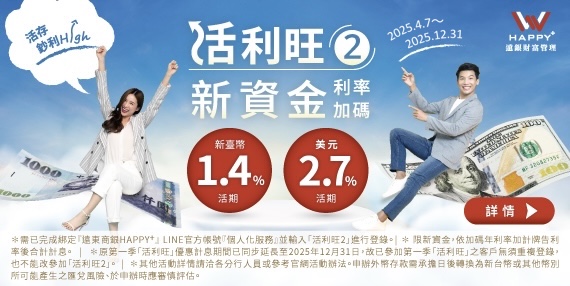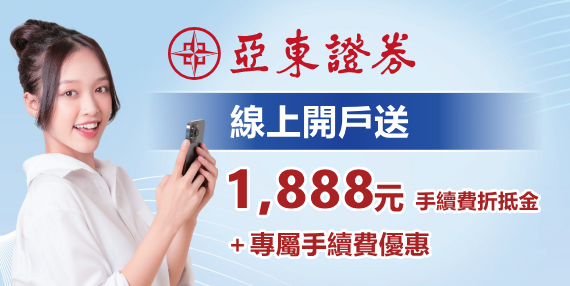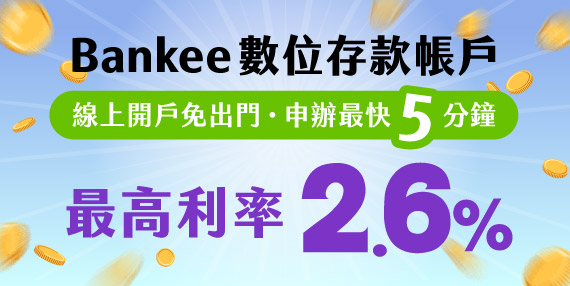12.2021 Life Guide
Lazy investment of petty bourgeoisie
Investment advisor of Oriental Petrochemical (Taiwan) / Xie Yifan, Lin Xiaohan


Want to help yourself earn some pocket money, but always can't understand the numbers on the disk? Every stock seems great, but is it difficult to choose because of lack of funds? If you also have the above troubles, don't miss a good choice for lazy people to invest - ETF!
1、 What is ETF
ETF is an open-end fund issued by investment companies to track, simulate or copy the performance of the underlying index. It is listed and traded on the stock exchange. It has the dual characteristics of open-end funds and stocks. It is a mutual fund that passively tracks the performance of a certain index, Its portfolio shall be completely compared with the constituent stock of the index as far as possible. In short, buy ETF as a stock, the index rises, and ETF will rise; If the index falls, the price of ETF will also fall.
2、 How to select ETF
The vigorous development of ETF in recent years has not only attracted the attention of many investors, but also one of the choices for many small capitalists or inexperienced "investment white" to participate in the financial market. Although there are many ETFs in the market, it is generally no problem as long as we grasp the following principles for selection.
1. Large enough scale and high trading volume: generally, the larger the scale and higher the liquidity of an ETF, the more stable the trading volume and the lower the probability of going out of the market. If an ETF seems to have a high rate of return or yield, but its liquidity is very low, it is difficult to buy it when you want to buy it, and you can't sell it when you want to sell it, and finally it is even liquidated off the market. Even if the rate of return and yield rate are higher, it is only wealth on paper.
2. Pay attention to premium and discount: when ETF is sought after by funds and the market price is greater than its net value, it is "premium"; On the contrary, when the market price is greater than the buying power, and the market price is lower than the net value of the ETF itself, it is a "discount". Generally speaking, ETF is more suitable to sell at a premium, because the selling price is higher than the real net value, of course, it can make a profit; At discount, it is relatively suitable to buy because the purchase price is lower than the market value.
It is worth mentioning that buying discounted ETF does not mean that you can find a bargain. Generally, the market price and net value of ETF tend to be consistent, but ETF with poor liquidity is more likely to generate overflow and discount. In addition, if the stock market is hot and many Taiwan stock ETFs are at a premium, it is necessary to think twice before starting.
3. Pay attention to the internal deduction fees of ETFs: Although ETFs have internal deduction fees such as manager fees and custody fees, the total fee rate is usually less than 1%. Compared with the fund product fees issued by investment trust, the former is indeed relatively cheap, but for investors who care about fixed interest allocation, they are still "very interested" in the yield eaten by these costs. Not only that, when ETF pays dividends to the investor's account, it will also deduct the handling fee of remittance.
4. Don't just look at the "yield", the "overall rate of return" is more important: domestic investors have always been keen on interest distribution and flocked to products with high yield, but the share price after interest distribution will also be ex dividend, and the interest distribution may come from the principal, which is equivalent to changing money from left hand to right hand, so the "yield" of interest distribution is not equal to the "overall rate of return".
There are various types of ETFs, which can be selected according to personal preferences. For example, those who pursue yield can choose high dividend ETFs; In pursuit of trend investors, they can choose ETFs related to electric vehicles that have been popular in recent years; If you look bad at the overall market, you can also invest in reverse ETFs.
Here are some ETFs for your reference:
3、 How to invest
After listing, ETFs can be purchased or bought back in the primary market (Note 1), or can be purchased or sold from securities firms at any time during intraday trading hours in the secondary market (Note 2). Like ordinary stock trading, there is no need for cumbersome subscription and redemption procedures like traditional mutual funds, and investors can trade as long as they have a securities account without opening another account.
4、 Suitable investors
John Berger, the founder of American mutual fund pilot investment and the world's first index fund, vanguard 500 index fund, once said, "if you can't get a needle in the sea, buy it in the sea!" Index funds and ETFs allow investors not to choose stocks by God. As long as they are optimistic about a market, they can obtain the remuneration of the market at low cost, especially the following groups are more suitable for investing in ETFs.
1. Lazy people: ordinary investors have the concept of "not putting eggs in the same basket", but they are often limited by insufficient funds and cannot establish a risk dispersed portfolio. If they can invest in ETF covering a basket of blue chip stocks, they will establish a blue chip and risk dispersed portfolio.
2. Fund Holders: busy office workers often forget to check the asset allocation map. Even mutual funds with low investment risk will forget to care about and adjust the fund allocation regularly. It is suggested that investors, in addition to actively managed funds, may wish to include ETFs pursuing stable index returns in the asset allocation map.
3. Vegetable basket people: retail investors and vegetable basket people often blindly listen to the bright cards as the basis for buying and selling stocks, and cannot make careful research and basic analysis on individual stocks like legal person investment institutions. If you are a general investor who can't choose individual stocks, you might as well easily make a profit by using this index based financial instrument.
4. Risk aversion group: in the past, investors with risk aversion demand used to buy and sell "cash stocks and futures". Now there are more investment tools with index spot characteristics - ETF, which can achieve the effect of risk aversion through the combination of "spot and ETF".
5. Institutional legal person: for institutional legal person investors, ETF is a financial instrument with both asset allocation and risk aversion functions. It not only has high liquidity, but also can avoid the impact caused by selling a single share in the market; ETF has become a hedge outside the futures index because it has no maturity date, long trading time and saves considerable futures transfer costs.
5、 Investment risk
As the saying goes, "know yourself and know the enemy, win every battle". Before formal investment, it is also very important to understand the risk of ETF.
1. Price fluctuation risk: the market trading price of some ETFs fluctuates greatly, and the ETFs traded on most foreign stock exchanges have no upper and lower limits of rise and fall, so investors must bear the risk of price fluctuation.
2. Exchange rate risk: except for ETFs traded in Taiwan Stock Exchange Corporation, all other investment products are denominated in foreign currencies. If they are originally denominated in New Taiwan dollars or foreign currencies other than valuation currencies, pay attention to the exchange rate risk of conversion between different currencies.
3. Correlation risk: the price trend of ETF is usually highly related to the trend of its tracked target index, but the performance of ETF and investment target may be inconsistent due to factors such as commission, expense, conversion cost, relevant income and accounting standards.
4. Other risks: including but not limited to market risk, investment concentration risk, counterparty risk, credit risk, early closing and stopping trading risk, liquidity risk, portfolio turnover risk, fund clearing risk, etc.
Investment must have risks, but as long as the long-term and stable investment in ETF can avoid the risk of short-term market fluctuations. In fact, if you choose the right ETF, you can raise your salary without looking at the market.
Note 1: the "primary market" refers to the trading market where fund demanders (including government units, financial institutions and civil enterprises) sell securities for the first time to initial purchasers in order to raise funds, also known as the "issuance market".
Note 2: "secondary market" refers to the trading market for securities trading after the issuance of the primary market, which is used to provide asset liquidity.
#



